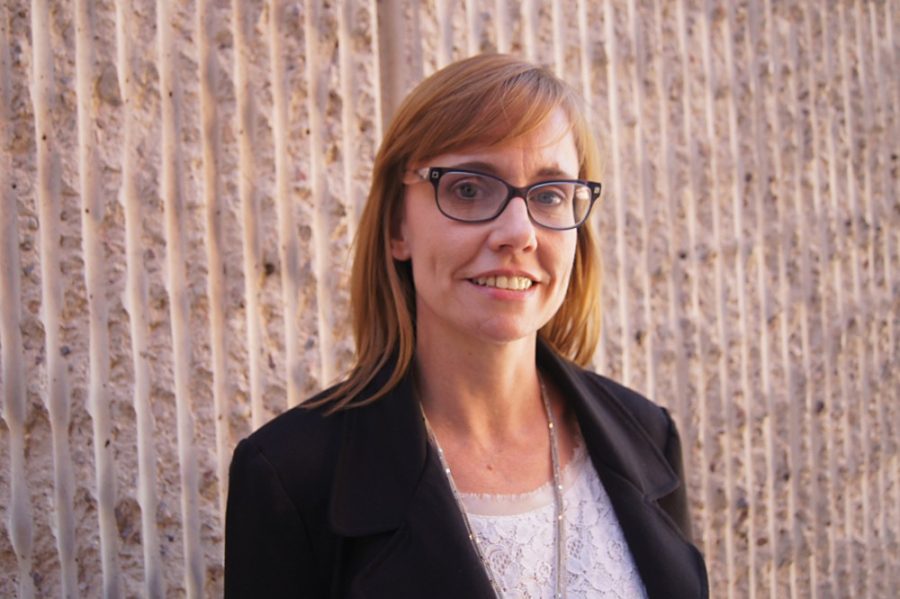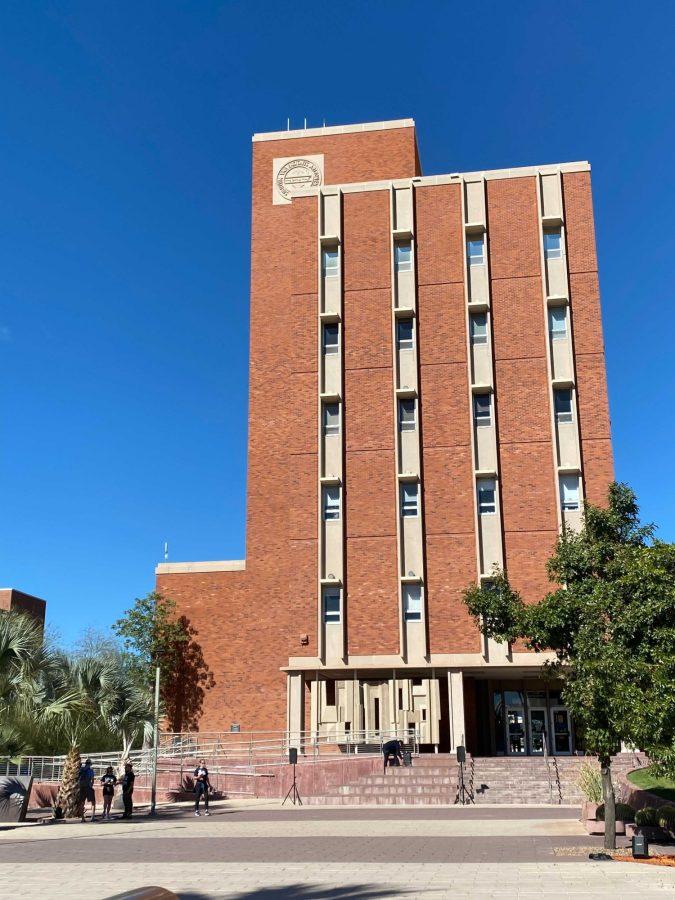The UA was named among the top “green” colleges in the country for demonstrating a strong commitment to the environment and sustainability.
“The Princeton Review’s Guide to 322 Green Colleges: 2013 Edition” released its rankings last week.
This is the UA’s first time being ranked.
The guide reviews colleges’ attention to sustainability in academic offerings, campus infrastructure, activities and career preparation and uses “green rating scores” to rank the campuses.
“I foresee [the ranking] as being valuable in the future for undergraduate and graduate admissions,” said Chrissy Lieberman, associate dean of students and the UA Green Fund adviser. “[This has] the potential to help us be part of the shift of how we engage in our environment and admit students who are willing to be innovative with using resources. It makes me excited to be in Tucson, because
Tucson is a welcoming community and this makes it even more so.”
The resource book is published in partnership with the U.S. Green Building Council’s Center for Green Schools and is now in its fourth edition. The guide specifically recognizes the UA for its commitment to reducing its carbon footprint and limiting greenhouse gas emissions.
“I think [the ranking] does a number of things,” said Jill Ramirez, coordinator of sustainability education for Residence Life. “One, it affirms the students that are already here working in these areas; it is a good recognition for them to know that their efforts are noticed. I think that it is also reaffirming for the staff and faculty working on sustainability issues. I love working with my students and knowing that there is this resource out there to point [students] in our direction for sustainability.”
The UA was also praised for its commitment to recycling initiatives, recycling 800 tons of material each year. The UA has a number of green transportation and commuting initiatives as well. Among them are the UA’s Zimride ride-share and car-pool matching program, Cat Wheels bike sharing program and a discounted Sun Tran bus pass option for students and employees.
“I hope that the students who are already here feel good about the work they have done and the contributions they have made,” Ramirez said. “I hope future students use [the guide] to help identify the UA as a source of sustainability if they are interested in those issues. I think it is going to help recruit and retain more students. We want to have students that are aware and conscious and responsible.”
In addition to the ranking, the athletic facilities and programming was also recognized for its commitment to sustainability. The UA was accepted as one of the newest members of the Green Sports Alliance, a national nonprofit organization that aims to help sports teams, venues and leagues enhance environmental performance, said Joe Abraham, director of the UA Office of Sustainability.
“We are excited for the future, to help other universities follow our lead and work with them,” Abraham said.
The UA is one of nine colleges to join the 160-plus-member alliance just in time for the Earth Day celebrations Monday.
In addition to a wide range of campus programs and services geared toward sustainability, a number of courses and student organizations also focus on environmental issues, like Associated Students of the University of Arizona Students for Sustainability, Residence Life Eco-Reps, Solar Cats and the Environmental Law Society, among others. Students for Sustainability help the campus with waste diversion by recycling before and after sporting events, Abraham said.
The UA’s commitment to sustainability both in and outside of athletics makes it a model for other institutions, according to Abraham.
“In many ways we are taking an opportunity to recognize what we are already doing,” Abraham said, “and it helps advance the agenda for what we want to do.”









